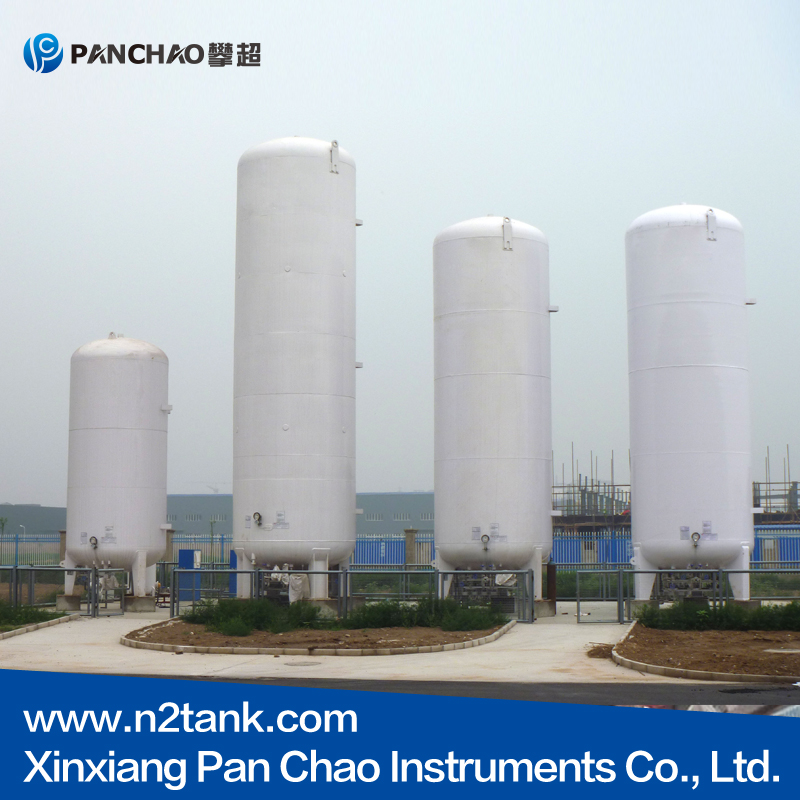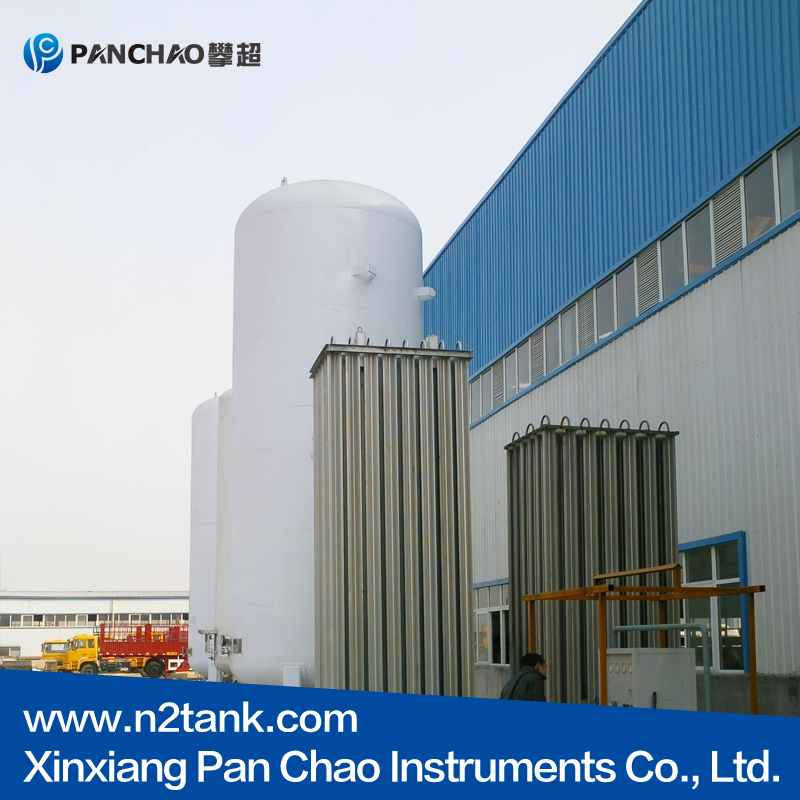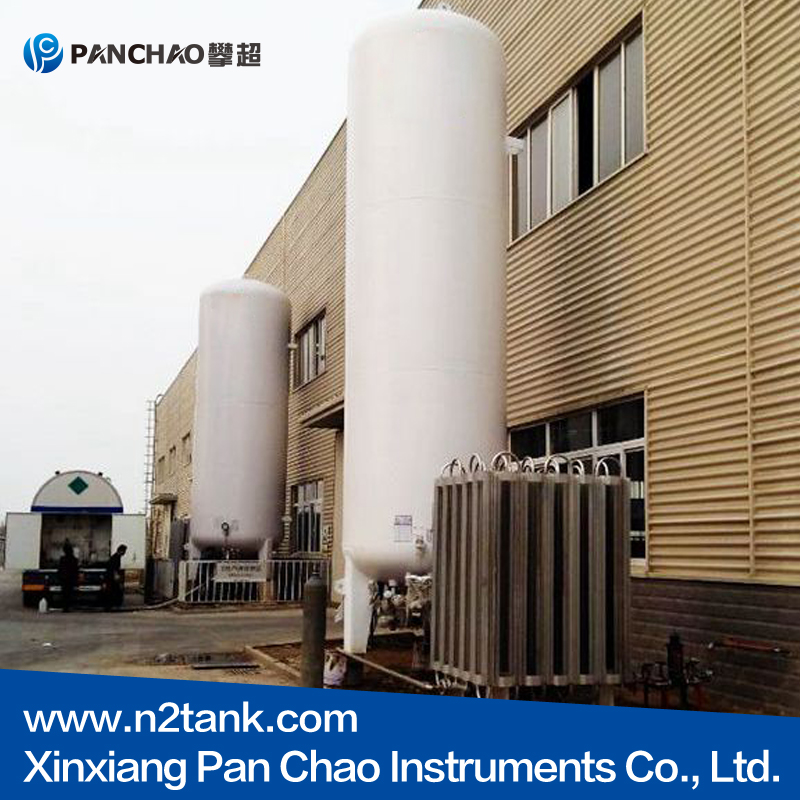Common problems and solutions for liquid nitrogen tanks: Quick troubleshooting guide
During long-term use, liquid nitrogen tanks may encounter various problems that affect normal use and even sample safety. This article summarizes several common faults and their solutions to help users quickly respond to emergencies.
1. Liquid nitrogen is consumed too quickly
Possible causes:
Failure of vacuum insulation layer (frost on the outside of the tank)
Poor sealing of the lid or aging of the sealing ring
Frequent opening of the lid or long-term exposure to high temperature environment
Solution:
✔ Check whether the tank is frosted. If the frost is severe, contact the manufacturer for repair or replacement
✔ Replace the aging or damaged sealing ring and ensure that the lid is tightly closed
✔ Reduce the number of times the lid is opened and store in a cool and ventilated place
2. Frost or condensation on the outside of the tank
Possible causes:
The vacuum layer is damaged, resulting in leakage of cold
Excessive humidity in the environment, condensed water adhesion
Solution:
✔ If the frost is severe, the vacuum may fail and need to be returned to the factory for inspection
✔ Slight condensation is normal, which can be wiped clean and the environment kept dry
3. Difficulty in taking and placing samples
Possible causes:
The basket or bracket is deformed or stuck
The liquid nitrogen level is too low and the sample is frozen too deeply
Solution:
✔ Check whether the basket is deformed and replace it if necessary
✔ Refill liquid nitrogen to the appropriate level to prevent the sample from sinking too deep
4. Valve or pipe blockage
Possible causes:
Ice crystals or impurities block the liquid outlet
Internal freezing due to long-term non-use
Solution:
✔ Use warm water (not exceeding 50℃) to gently pour the blockage to melt the ice crystals
✔ Regularly drain the residual liquid nitrogen to keep the pipeline unobstructed
5. Liquid nitrogen leakage
Possible causes:
The valve is not tightened or the sealing ring is damaged
The tank body is hit and cracks
Solution:
✔ Close the valve immediately and check whether the sealing ring is intact
✔ If the tank body is damaged, transfer the sample and stop using it
6. Risk of frostbite
Safety tips:
Always wear antifreeze gloves and goggles when operating
If liquid nitrogen splashes on the skin, rinse with warm water immediately and do not rub it
7. Performance deteriorates after long-term storage
Maintenance suggestions:
✔ Check the vacuum degree regularly (at least once a year)
✔ When not in use for a long time, the liquid nitrogen should be drained and stored dry.
Summary
Most common problems with liquid nitrogen tanks can be avoided through daily maintenance, such as regular inspection of sealing and avoiding violent collisions. If you encounter a fault that cannot be solved by yourself, it is recommended to contact professional maintenance personnel and do not force dismantle to avoid causing greater damage.
Latest Products
- 110m3 double wall cryogenic Liqu

Cryogenic Liquid Tanks are available in vertical or horizonta...[more]
- 2vertical stainless steel pressu

Cryogenic Liquid Tanks are available in vertical or horizonta...[more]
- 310 cubic meters cryogenic Liqui

Cryogenic Liquid Tanks are available in vertical or horizonta...[more]
- 4GB150 pressure vessels cryogeni

Cryogenic Liquid Tanks are available in vertical or horizonta...[more]
- 5New double Vertical cryogenic L

Cryogenic Liquid Tanks are available in vertical or horizonta...[more]
Rankings Of Similar Articles
- Vacuum layer of liquid nitrogen tank: key technology for safe
- High borosilicate glass: the "king of glass" for heat-res
Latest Information
- Hot sale thawing cup
- Storage of liquid nitrogen tank
- Application of liquid nitrogen tank in heat treatment field
- Liquid nitrogen tank for nitrogen station
- What is the liquid nitrogen tank made of?
- What is the liquid nitrogen tank made of?
- How to safely use liquid nitrogen tanks?
- Hot selling YDZ liquid nitrogen tank
- Environmental protection and sustainability of liquid nitroge
- Hot selling liquid nitrogen tanks in March


